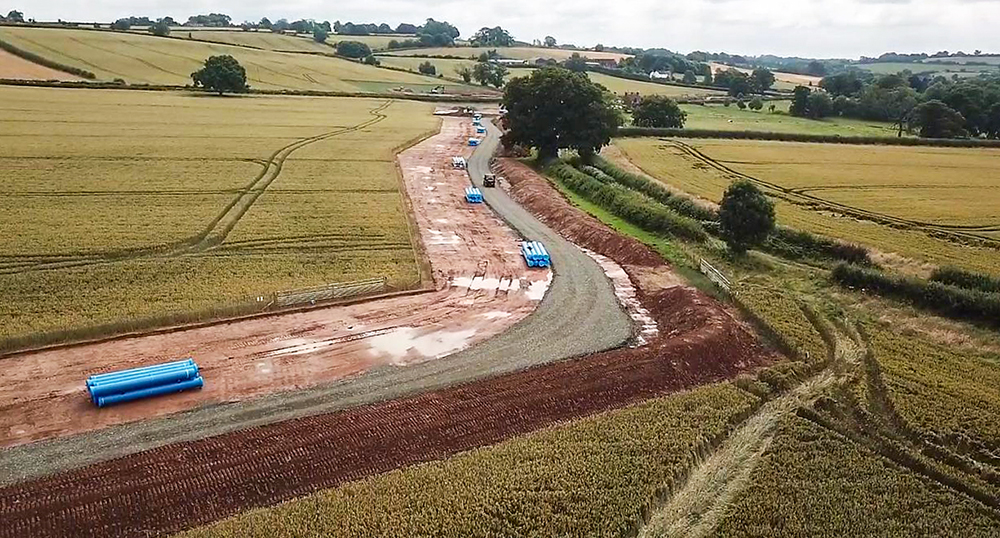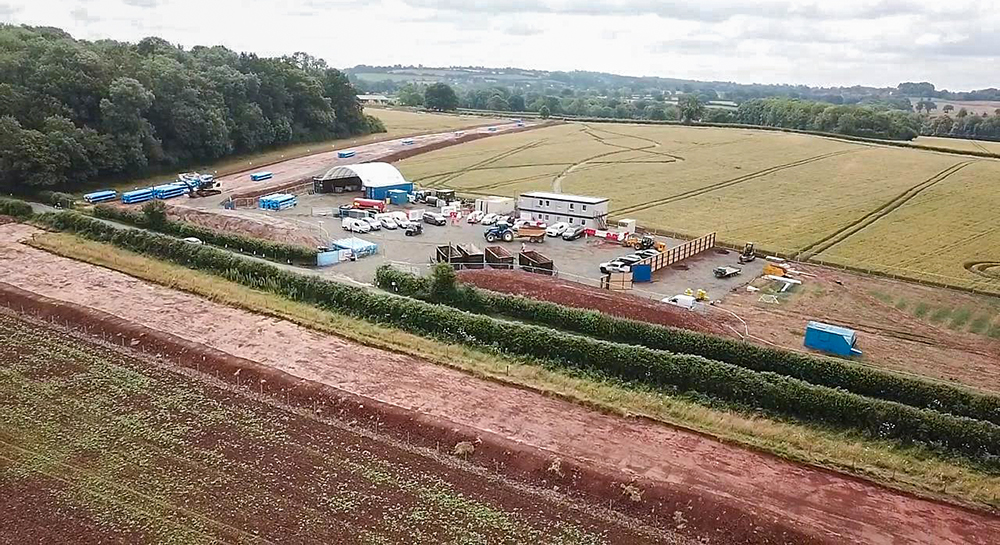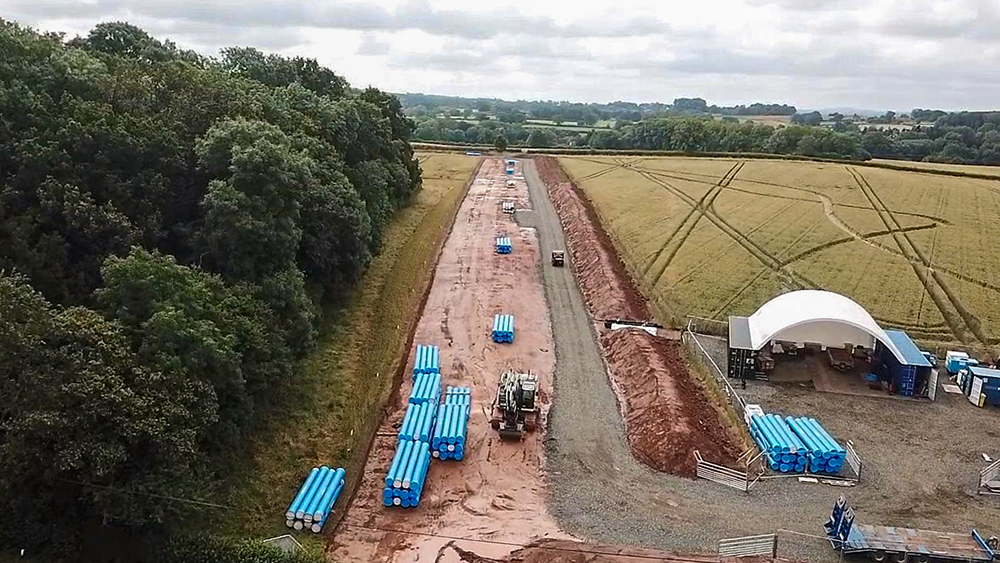Coffey is a leading specialist in civil engineering and water infrastructure and is proud to announce its latest contract award from Severn Trent. Our team has been entrusted with delivering Section C of the crucial Trimpley to Hampton Loade pipeline project, a significant development set to enhance water resilience for over 65,000 properties across the region.
The Trimpley to Hampton Loade pipeline is a major infrastructure project spanning 12.0 km from Trimpley Top Reservoir near Kidderminster to Hampton Loade Water Treatment Works in Shropshire. This vital upgrade will significantly bolster Severn Trent’s network resilience, ensuring a more reliable water supply for thousands of households and businesses.
Coffey is currently work in on Section A (Nearing Completion) and Section B (Ongoing since May 2024): which is 5.5 km of 500 mm diameter pipeline, utilising Directional Drilling and Open Cut Installation methods.



Section C: Coffey’s Latest Award
Coffey’s involvement focuses on Section C, a 3.5 km stretch of 500 mm diameter pipeline.
Our scope of work includes:
- Installation of 1,200 m of Directional Drilled pipeline
- Laying 2,300 m of open cut pipework
- Connecting pipework to Trimpley reservoir
- Chlorination of the main Trimpley pipeline
Construction is set to commence in early August 2024, building upon the progress already made in Sections A and B of the project.
Simon Papiernik, Operations Director, UK at Coffey, commented on the contract award:
“The Trimpley to Hampton Loade pipeline is a perfect example of the kind of project that drives us at Coffey. It combines technical complexity with real-world impact. We’re not just laying pipes; we’re helping to secure a reliable water supply for over 65,000 properties. It’s this blend of engineering excellence and community benefit that makes our work truly rewarding.”
Expertise in Action
This latest contract award underscores Coffey’s position as a go-to partner for complex water infrastructure projects. Our team brings a wealth of experience in tackling challenging engineering tasks, ensuring seamless integration with existing works, and delivering projects that stand the test of time.
The Trimpley to Hampton Loade pipeline project exemplifies our commitment to sustainable and resilient water solutions. By employing advanced techniques such as Directional Drilling alongside traditional open cut installation, we’re able to minimise environmental impact while maximising efficiency.
A Collaborative Approach
As we prepare to commence work on Section C, Coffey is working closely with Severn Trent and other stakeholders involved in the earlier phases of the project. This collaborative approach ensures continuity across the entire pipeline, optimising resources and expertise to deliver the best possible outcome for the client and end-users.
Our team’s ability to seamlessly integrate with ongoing works demonstrates the adaptability and professionalism that have become hallmarks of Coffey’s approach to large-scale infrastructure projects.
Looking Ahead
The commencement of work on Section C marks an exciting new chapter in this critical infrastructure project. As we progress, we’ll be sharing updates on our website and social media channels, offering insights on progress in bringing this essential pipeline to life.
At Coffey, we’re more than just engineers and contractors – we’re partners in building a more resilient future. The Trimpley to Hampton Loade pipeline is a testament to our commitment to delivering infrastructure that makes a real difference in people’s lives.
Get in Touch
If you’d like to learn more about this project or explore how Coffey can support your next infrastructure development, we’d love to hear from you. Contact us at 01925 818680 or info@coffeygroup.com.
For those interested in joining a growing company with a strong pipeline of work in the UK, we’re always on the lookout for talented individuals to join our team. Reach out to discuss career opportunities and be part of shaping the future of water infrastructure.

